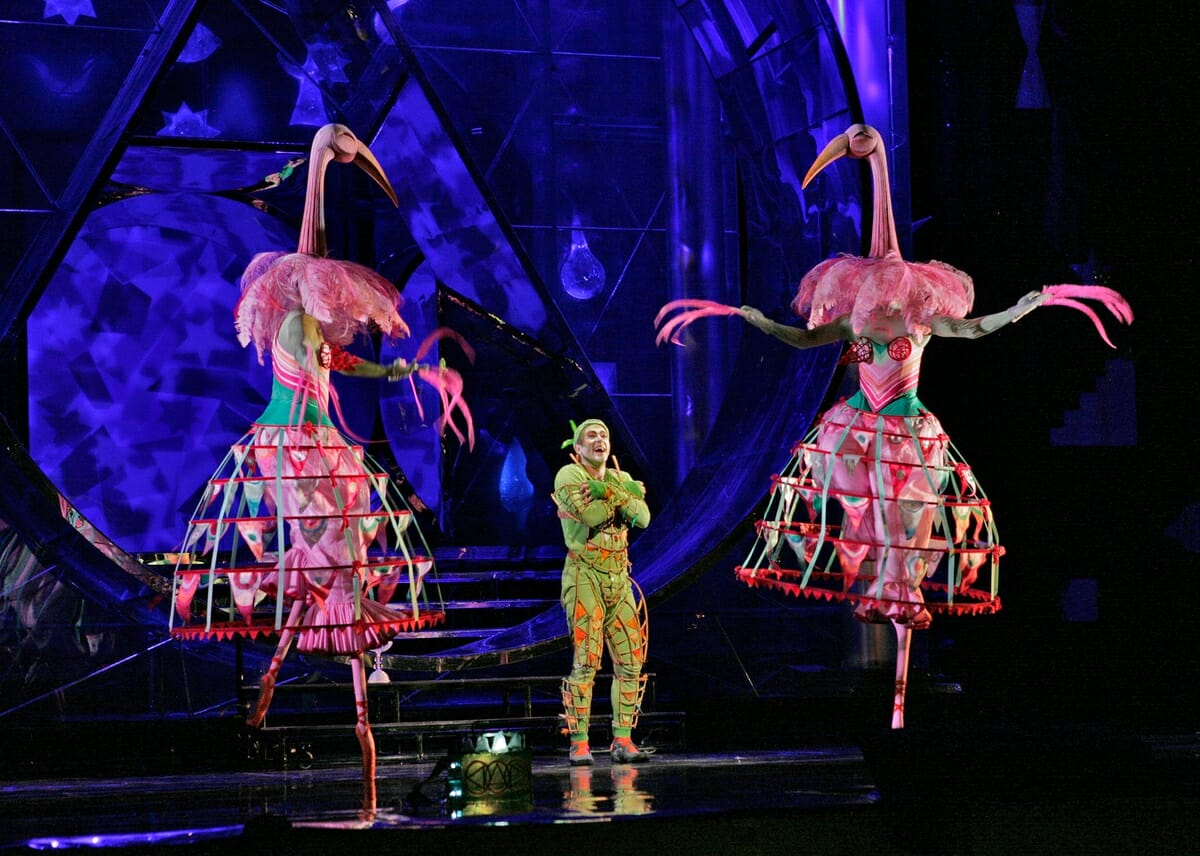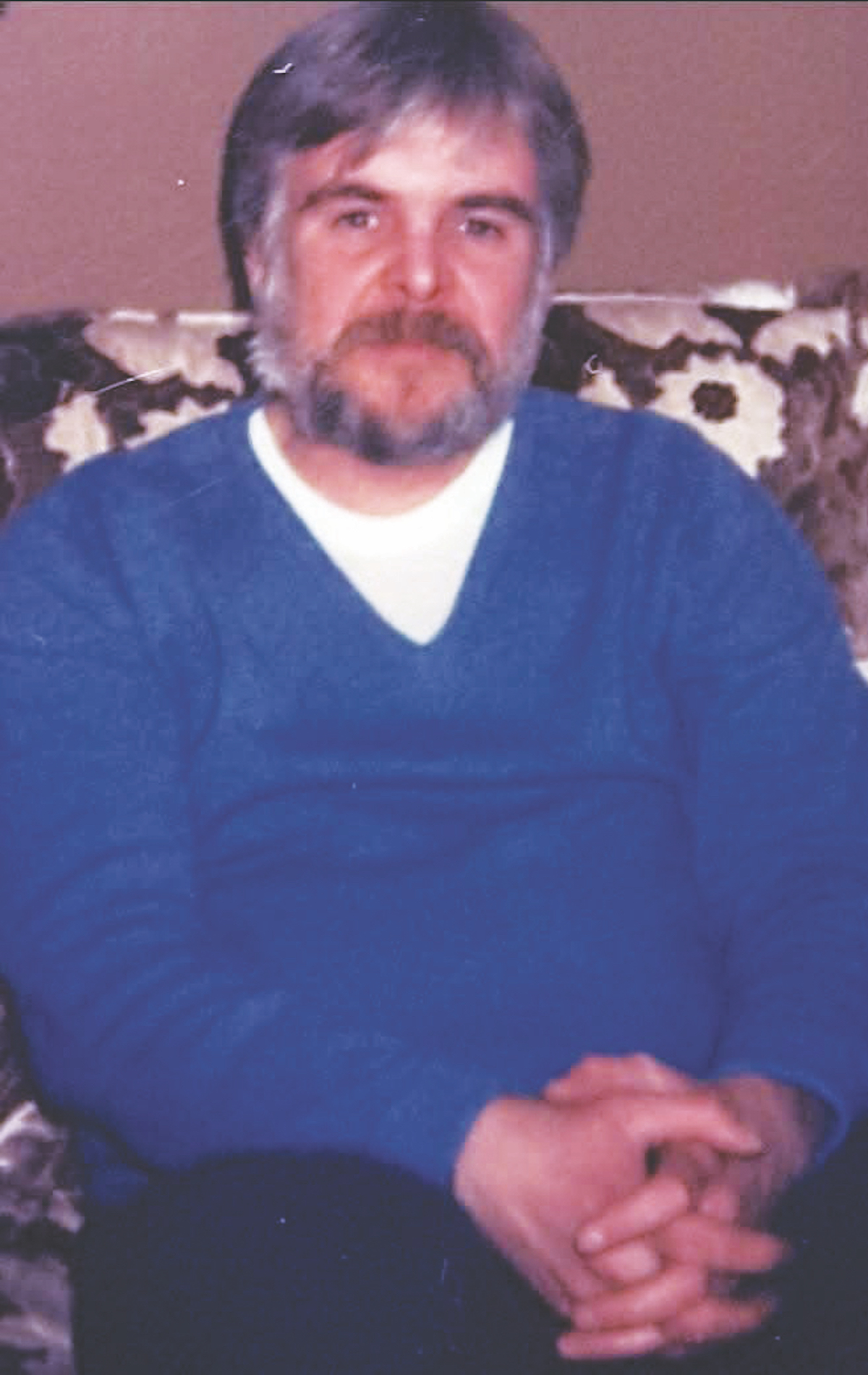Photo above: Nathan Gunn plays Papageno in a scene from Act II of Mozart’s “Die Zauberflöte” in a past performance. Photo by Ken Howard/Metropolitan Opera.
By Alan Schuster
Mozart was 25 when he wrote to his father, saying that “to write operas now is my one burning ambition.”
In the next 10 years, he averaged one per year, including “The Marriage of Figaro,” “Don Giovanni,” “Cosi fan Tutte” and his finale, “Die Zauberflote,” better known as “The Magic Flute.”
Mozart considered it his best, as did opera lovers throughout Europe. Its premiere in Vienna in September 1791 was a huge success. And then, two months later, he died, his last wish being to see “my flute just one more time.”
It will be presented live in HD from the New York Metropolitan Opera at 12:30 p.m. Saturday, Oct. 14, at the USCB Center for the Arts.
Besides being the first composer to write an opera in a theatrical style, Mozart and his librettist, Emanuel Schikaneder (both Freemasons), set out to construct a symbolic story with a hidden meaning – expressing in varied musical styles the symbolisms of Freemasonry. Enhancing the Masonic plot was facilitated by the Singspiel (“song-play”) form of opera, a style of German-language music drama. This was characterized by separate musical numbers connected by dialogue and stage activity.
Act I
The scene is a mythical Egypt of ancient days. Prince Tamino is rescued from a serpent by the three Ladies of the Queen of the Night. But Papageno, a birdcatcher, claims that he slaughtered the beast. As punishment the Ladies padlock his mouth. They also give him a portrait of the Queen’s abducted daughter, Pamina. He’s lovestruck, and sets out to rescue her, the Queen promising him her daughter’s hand if he is successful.
Protected by a magic flute, he journeys to the palace of Sarastro, the sun priest, where Pamina is held. Inadvertently, Papageno saves her from being attacked by Monostatos, Sarastro’s Moorish servant.
Papageno and Pamina go in search of Tamino, an Egyptian prince, who has arrived at the palace where the Speaker of the Temple informs him that it is the Queen and not Sarastro who is evil. Monostatos and his slaves confront Papageno and Tamino, but they escape. Pamina meets Tamino and they fall in love.
Act II
Tamino and Papageno are told they must endure a series of trials if they are to be accepted into the Brotherhood of the Temple. The first trial is a period of silence. When Pamina is asleep, Monostatos again approaches but is harried by the Queen who gives her daughter a dagger.
She warns her that she can only regain her power if Sarastro is killed. Monostatos harasses Pamina once again, but this time Sarastro enters. He knows of the Queen’s plan, reminding Monostatos that the Brotherhood is bound by love. Papageno gains a vision of his perfect match, Papagena, but is told that he will lose her if he fails the trials.
With the help of the magic flute they pass and, despite his failure to keep silent, the couple are reunited. The Queen of the Night and her Ladies and Monostatos are destroyed by a clap of thunder and laser lightning. All the other characters celebrate the victory of light over darkness.
The music
Beginning with a massive, show-business overture which should rank as Mozart’s best, the music is astonishing in its variety. What follows is a showcase for voices, ranging from deep and solemn bass arias for Sarastro to some extremely high and florid arias for the evil Queen of the Night, making it one of opera’s most difficult coloratura roles.
In between is some of the purest love music Mozart ever wrote, often interspersed by scenes of earthy comedy. And equally impressive as the overture is the magnificent finale.
Opera historian Charles Osborne wrote that the Flute is “an extraordinary opera with a final piercing phrase that lives in the ear long after the curtain has come down.”
Golda Schultz makes her Met debut as Pamina, Kathryn Lewek (Queen of the Night), Charles Castronovo (Tamino), Markus Werba (Papageno) and Rene Pape (Sarastro). Met Music Director Emeritus James Levine conducts Tony Award winner Julie Taymor’s sparkling production.
Tickets for all opera presentations are now available. All seats are general admission. Tickets are $20 for adults; $18 for OLLI members; and $10 for students.
Order online at www.centerforthearts.com, or by calling 843-521-4145. The box office opens at noon.
The USCB Center for the Arts is at 801 Carteret St. in Beaufort.
The next HD performance will be Saturday, Nov. 18: Thomas Ades’ “The Exterminating Angel.”








